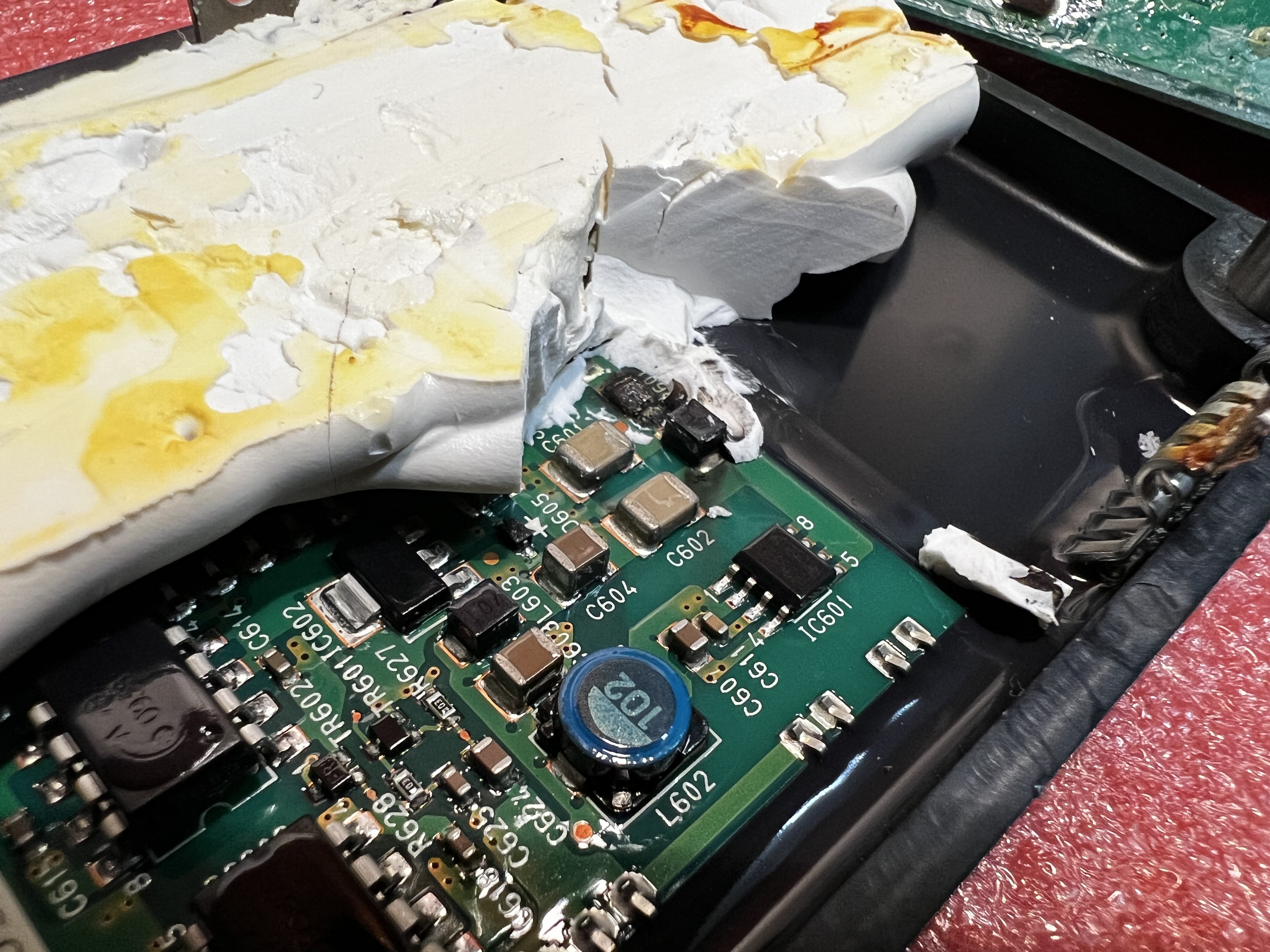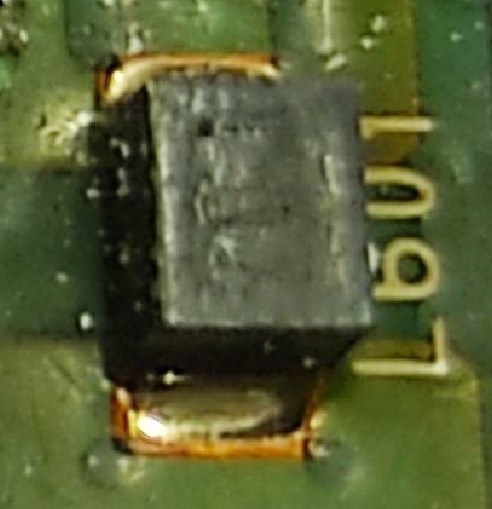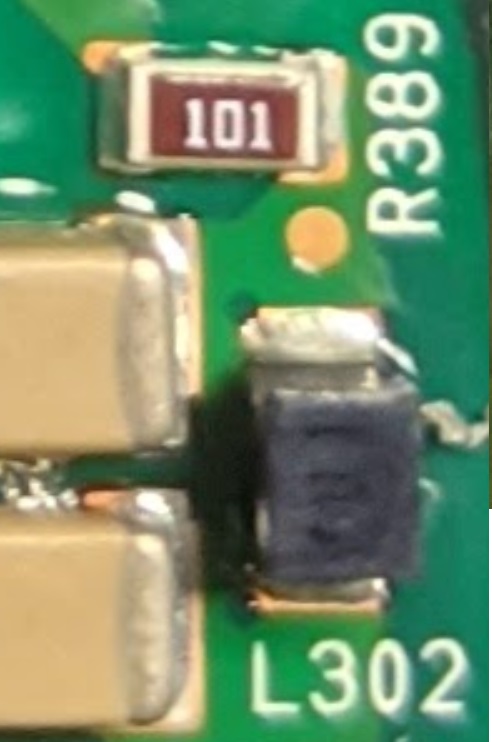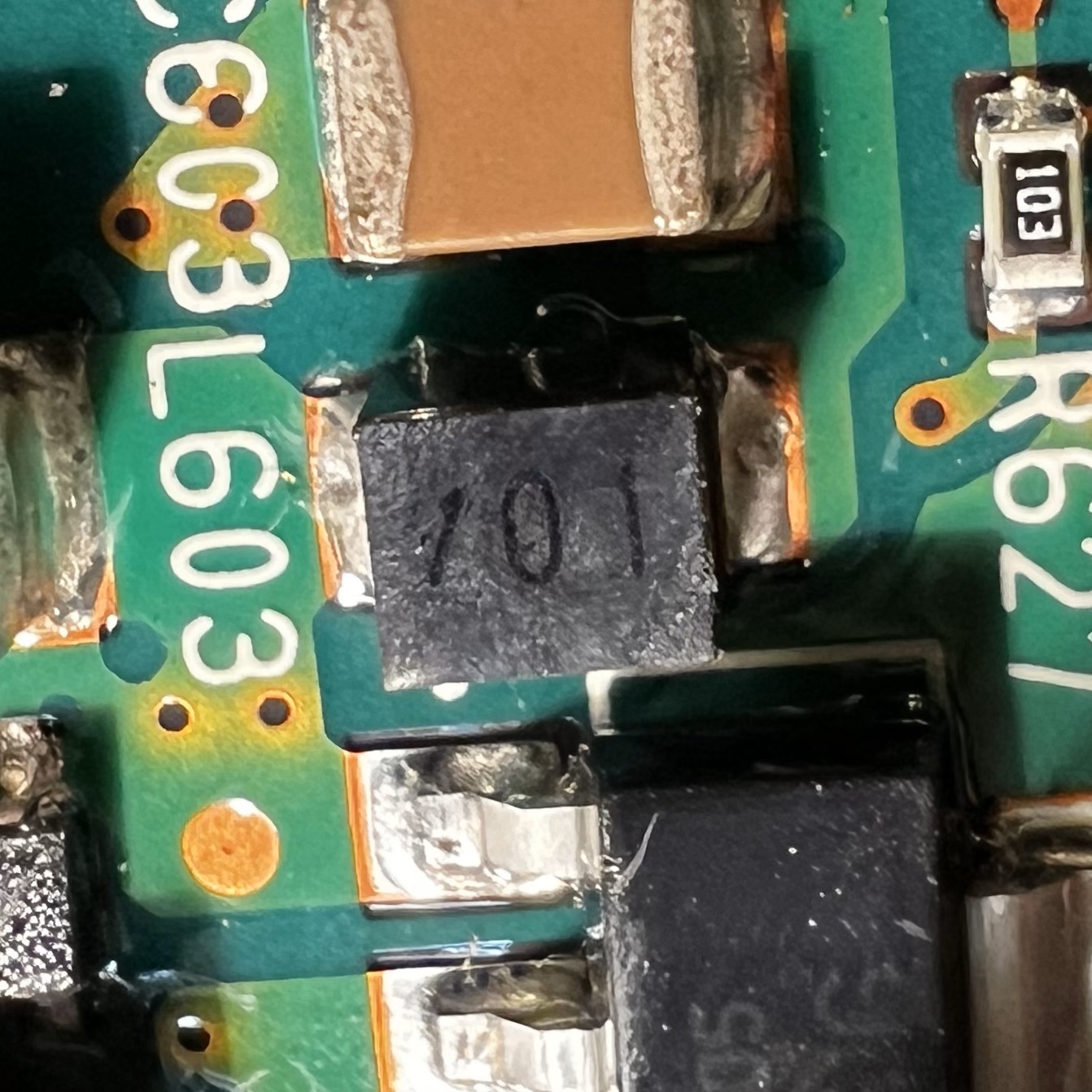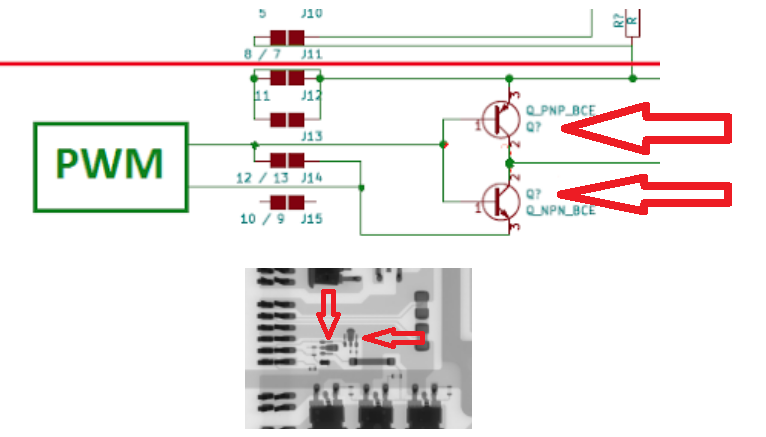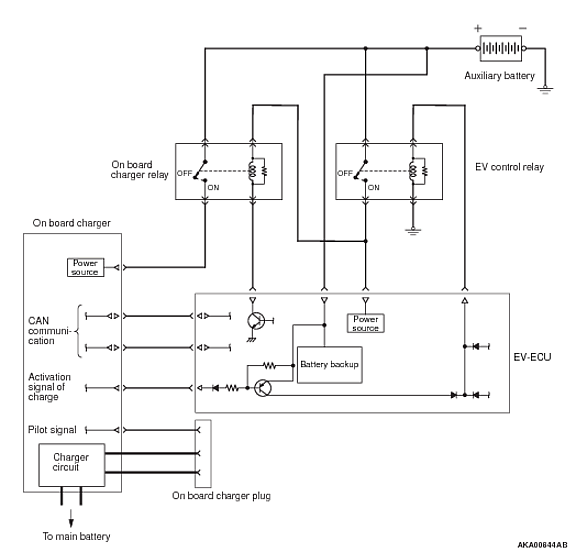kiev
Well-known member
That's a good instructional post, i've added a link to it in the HOW-TO Section in post #2.
i don't have an intact OBC in front of me, but it seems like the black wedge piece comes out while attached to the cable on the upper control board side, and the black wedge remains loosely attached in the white connector on the power board (and just the ribbon cable slides out). Maybe i'm just dreaming this.
Have you noticed anything similar in your repairs?
i gently press the release tab with my thumb and use my fingernails to pry the black wedge back at the indents at each end. With my luck i would poke a hole in the ribbon cable when the screwdriver slips off :lol:
i don't have an intact OBC in front of me, but it seems like the black wedge piece comes out while attached to the cable on the upper control board side, and the black wedge remains loosely attached in the white connector on the power board (and just the ribbon cable slides out). Maybe i'm just dreaming this.
Have you noticed anything similar in your repairs?
i gently press the release tab with my thumb and use my fingernails to pry the black wedge back at the indents at each end. With my luck i would poke a hole in the ribbon cable when the screwdriver slips off :lol:




